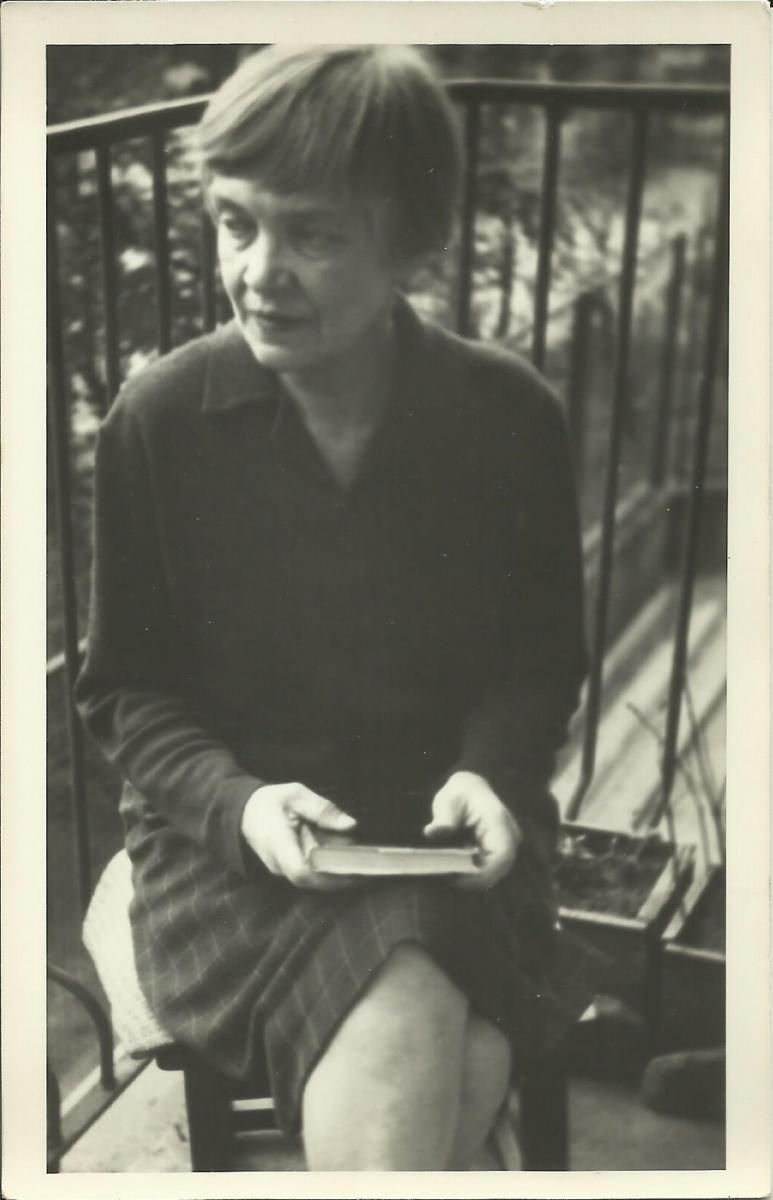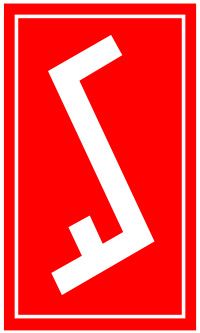Janina Kłopocka
Mediathek Sorted
-
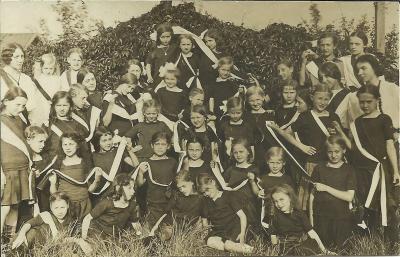
-
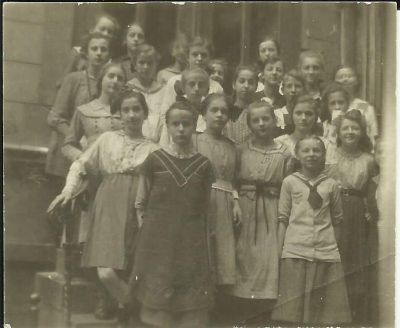
-
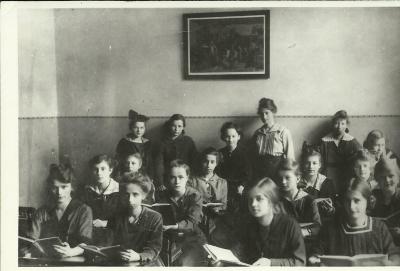
-
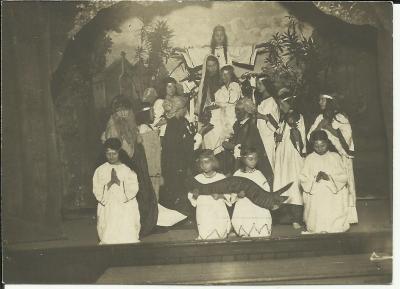
-
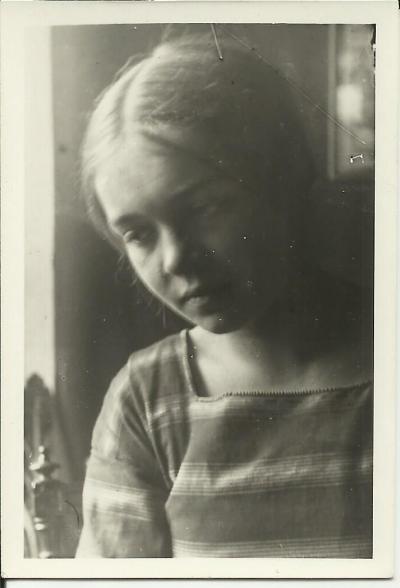
-
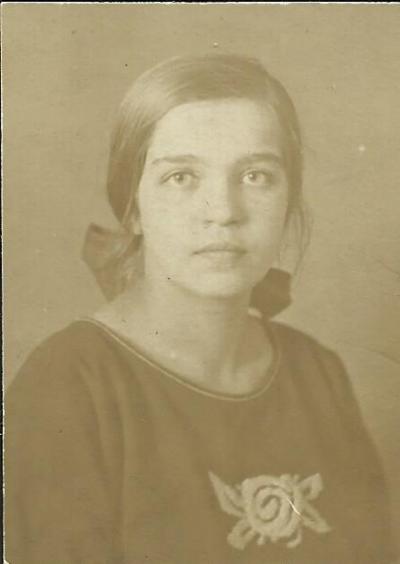
-
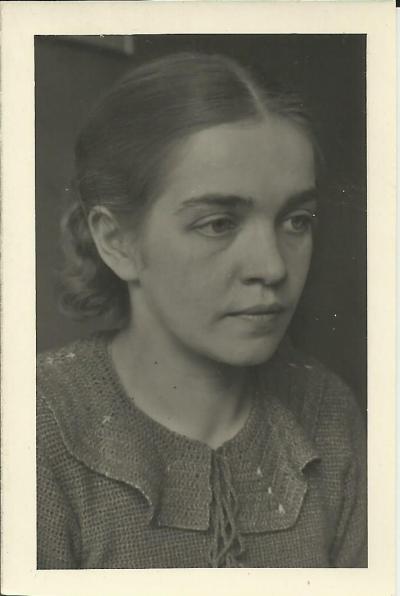
-
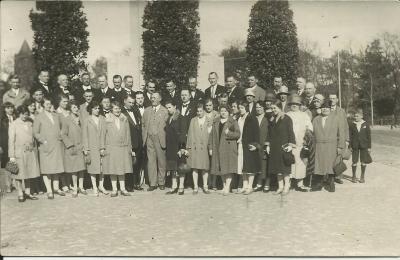
-
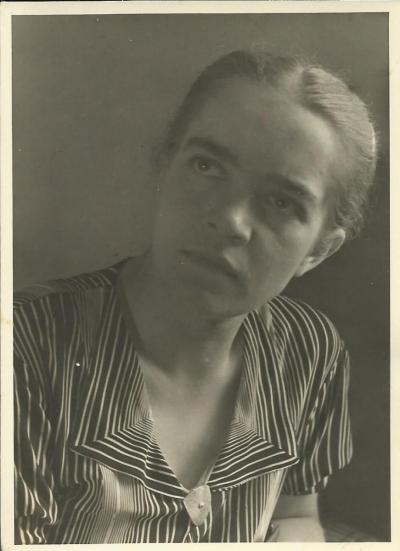
-
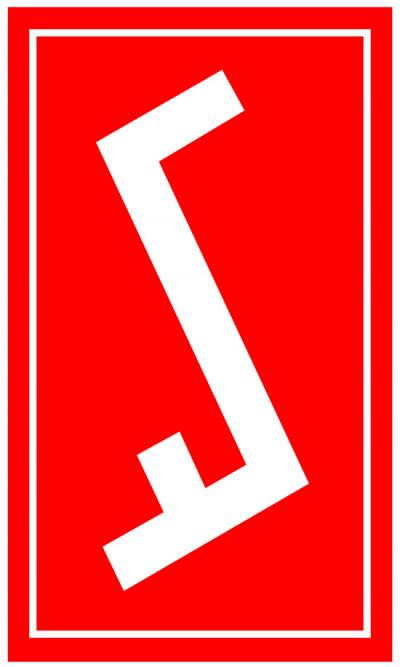
-
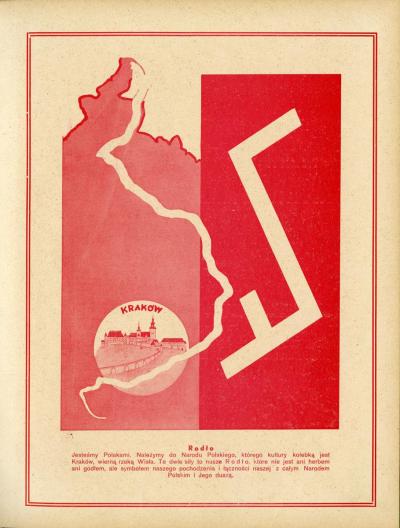
-
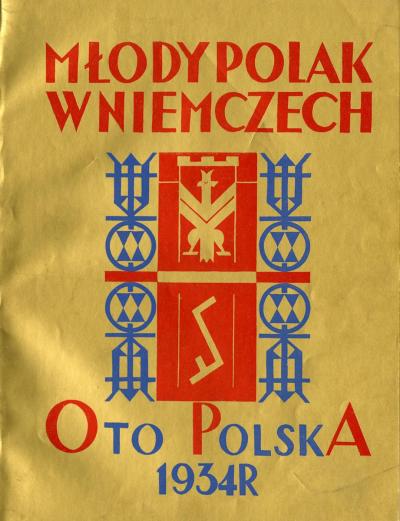
-
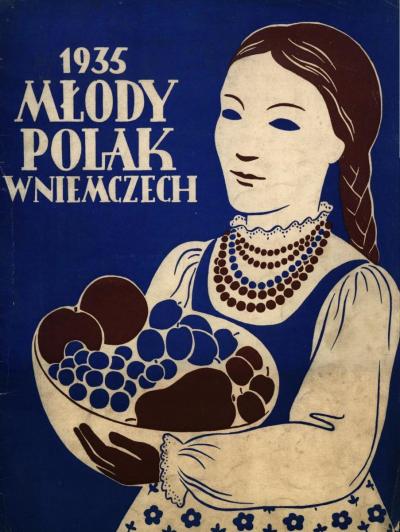
-
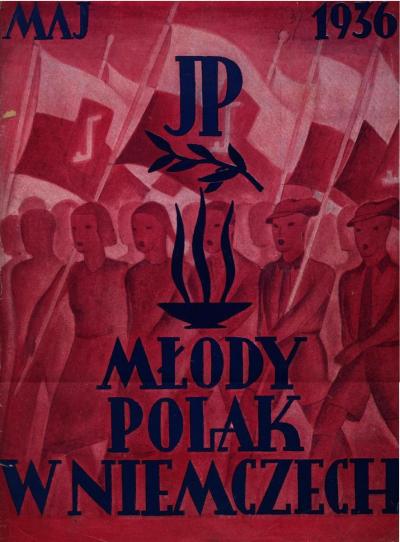
-
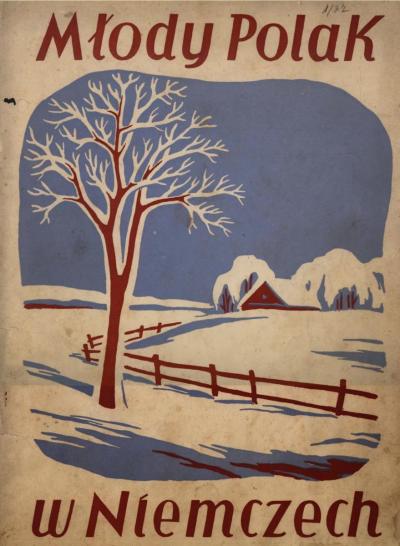
-
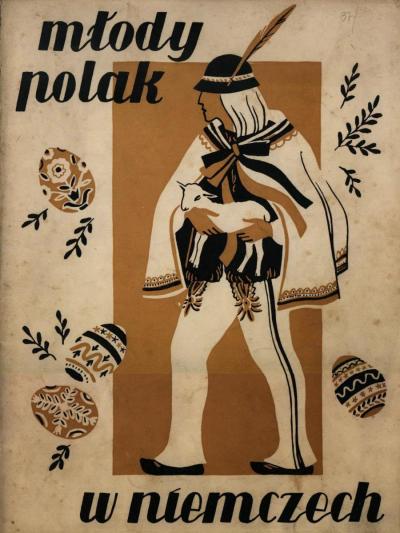
-
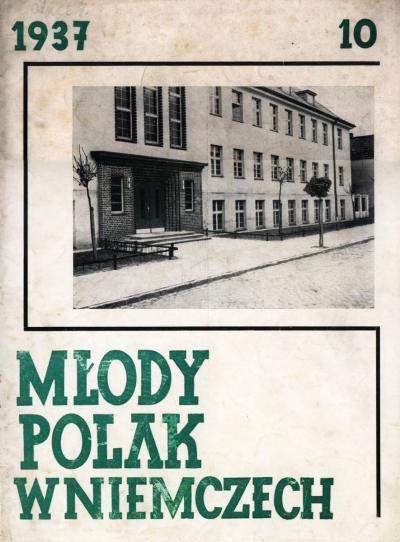
-
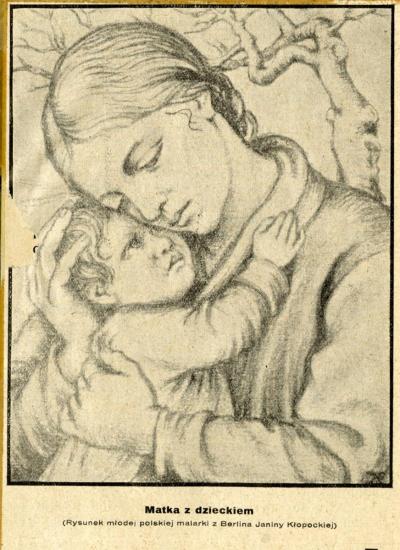
-

-
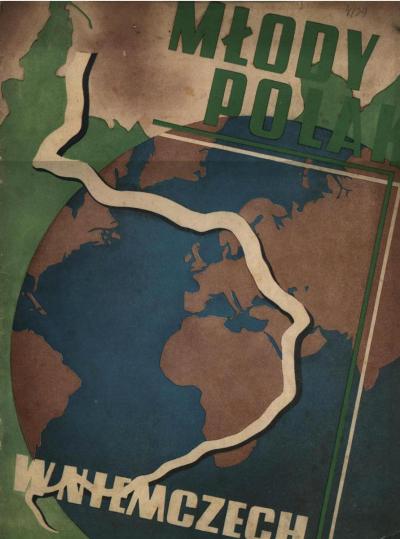
-
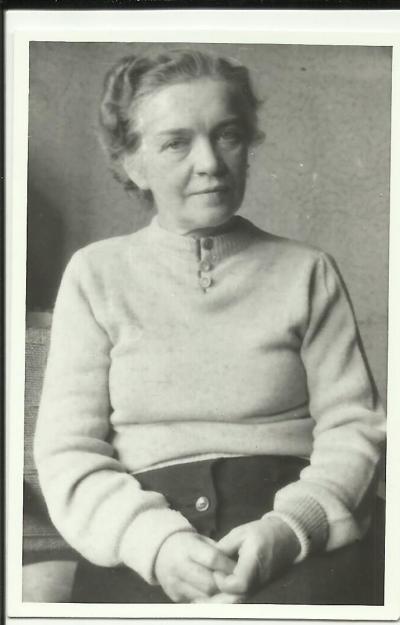
-
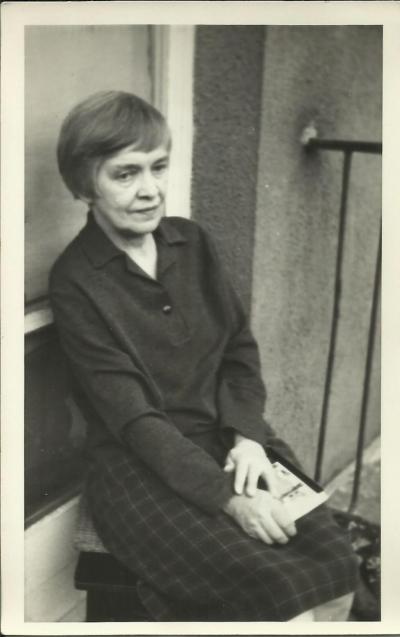
-
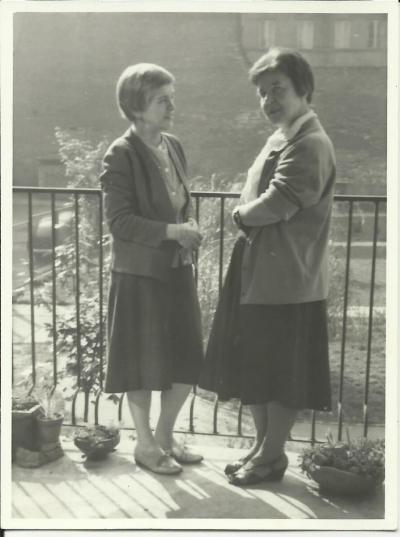
-
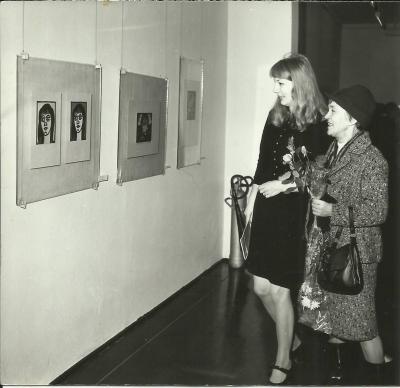
-
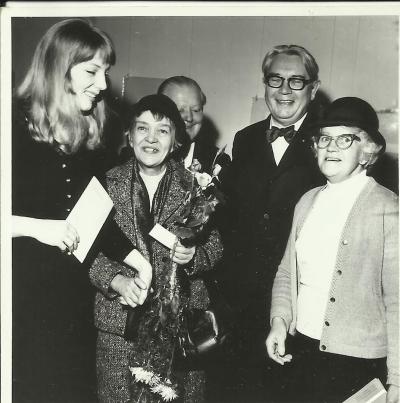
-
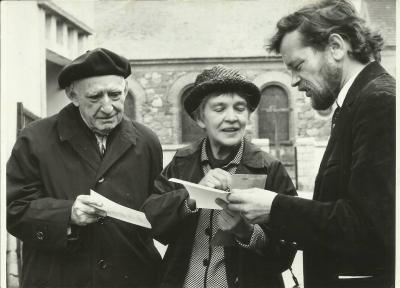
-
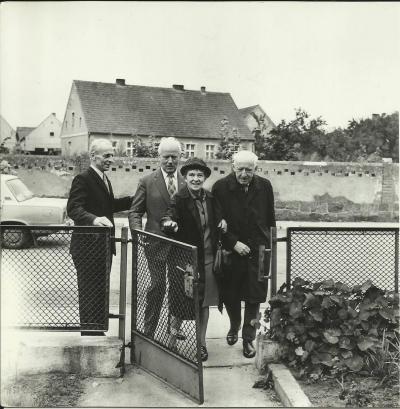
-
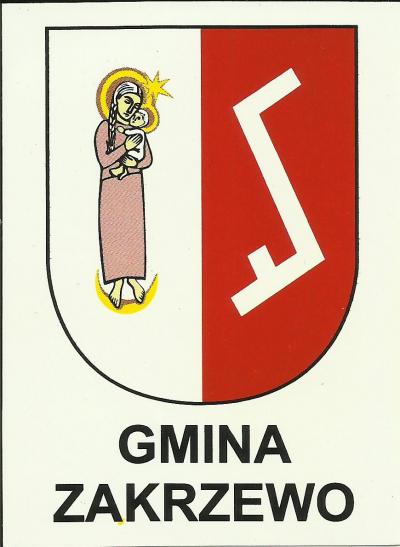
-
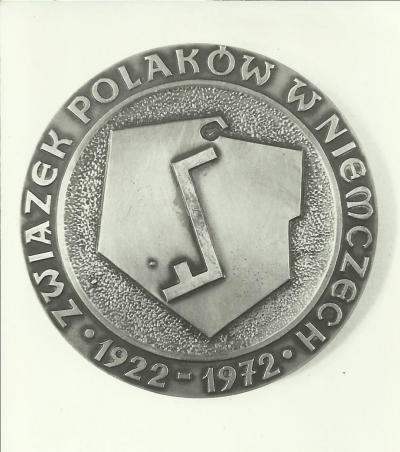
-
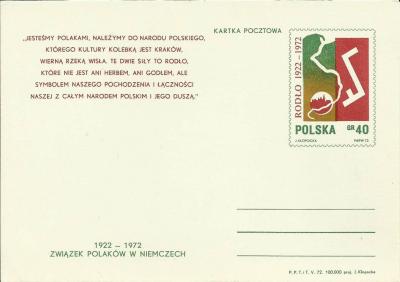
-
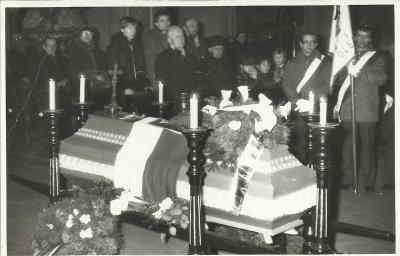
-
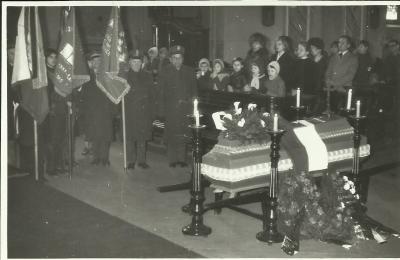
-
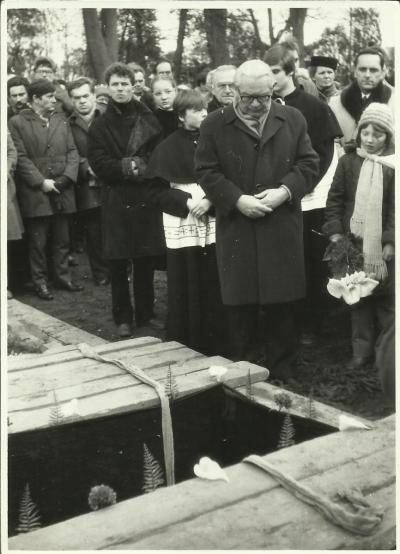
-
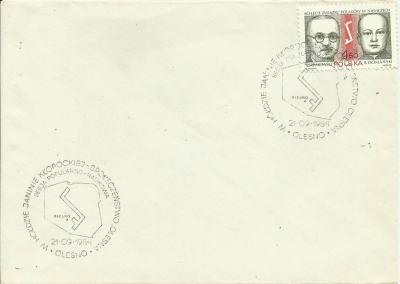
-
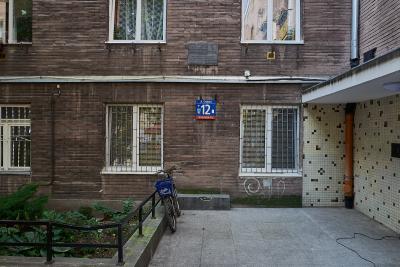
-
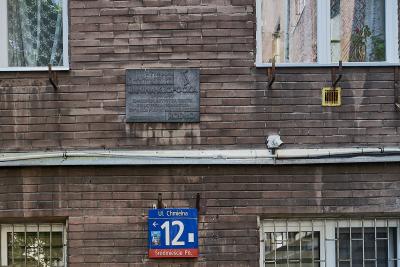
-
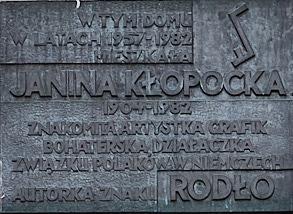
-

Janina Kłopocka - Hörspiel von "COSMO Radio po polsku" auf Deutsch

After finishing her time at the grammar school she had to find a steady job as soon as possible in order to help her mother support the family. In Berlin she signed up for a one-year banking course arranged by the local chamber of trade. But a job in a bank was not to be her future career. Instead she received a grant from the government to take up a course in art. In 1923/1924 she studied painting under Professor Ludwig Bartning at the United State Schools for Free and Applied Art in Berlin. During this time she began to specialise in drawing and her first graphic works were published in German and Austrian periodicals. She continually sought to perfect her craft and technical skills.
In 1929 she received a grant from the Federation for the Protection of the Western Areas (Związek Obrony Kresów Zachodnich) to study at the School of Fine Arts (Szkoła Sztuk Pięknych), in Warsaw (it was later renamed the Academy of Pictorial Arts (Akademia Sztuk Pięknych). Her teachers at the school were well known and highly regarded. She studied graphics under Professor Władysław Skoczylas, and drawing under Professor Mieczysław Kotarbiński. In the mid 1930s she began to take an interest in murals, ceramics and mosaics. She was also actively involved in student and artistic life in Warsaw.
Her cooperation with the Union of Poles in Germany began in 1930 with designs for the title pages of periodicals, as well as for posters and events. She then accepted the offer of a regular job with the periodicals “Polak w Niemczech” (The Pole in Germany) and “Młody Polak w Niemczech” (The Young Pole in Germany ). During this time she gave up drawing to concentrate on other graphic skills, especially woodcuts. Her favourite motifs were nature, folklore and the world of fairy tales.
In 1932 the head of the Union of Poles in Germany commissioned her to produce the emblem for the Union, the so-called “Rodło” sign. The result revealed her utter professionalism that was to mark her work in the coming years. Kłopocka conducted a huge number of discussions with officials from the Union and consulted countless publications before presenting a large number of designs. The “Rodło” sign is based on the course of the River Vistula, the Queen of Polish rivers. On account of its direct simplicity, its clear statement and its modern form it soon became the distinctive symbol of Poles in Germany. Today it is still used by the Union of Poles in Germany and by the so-called “Rodło” family.

















































































